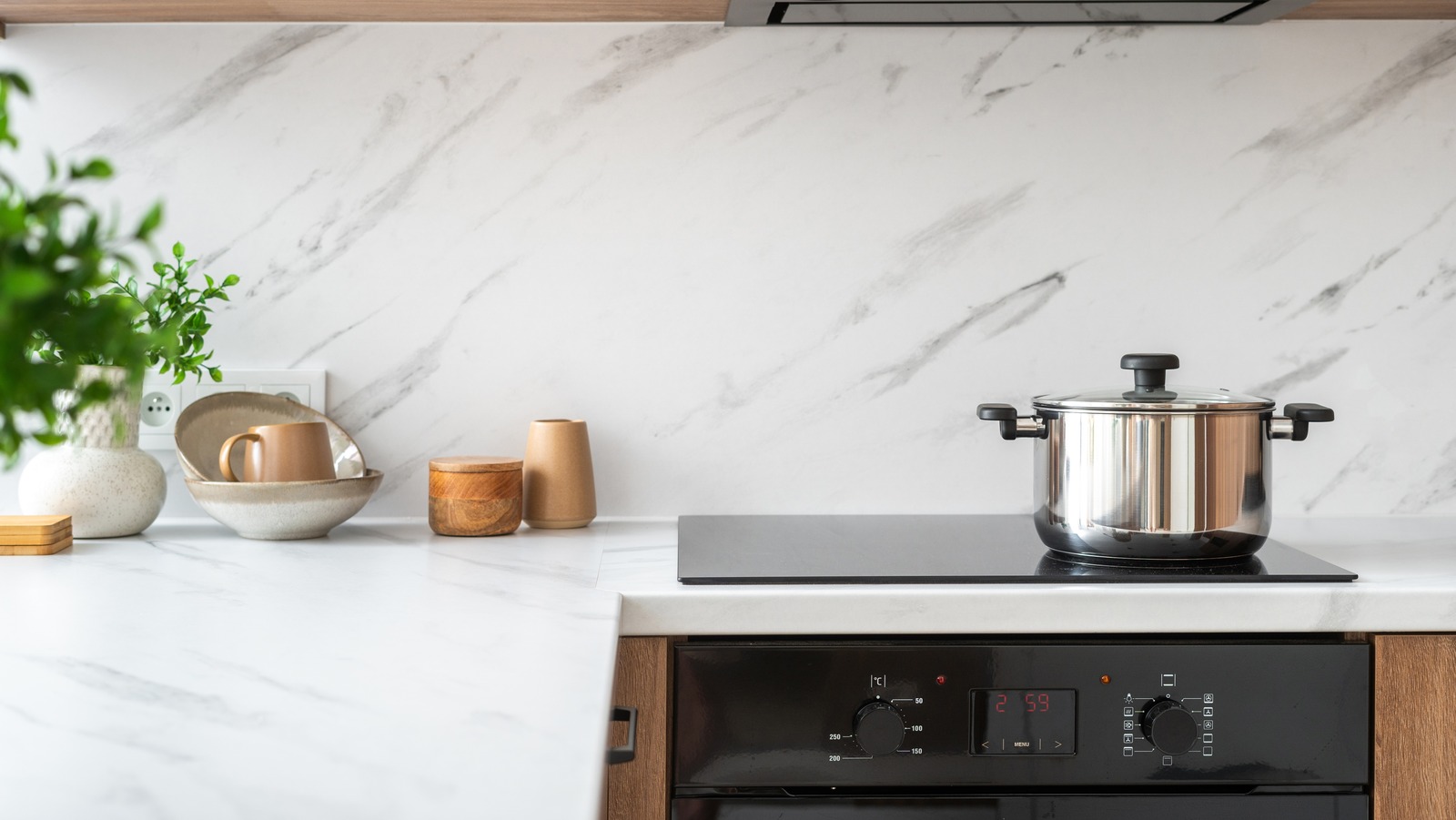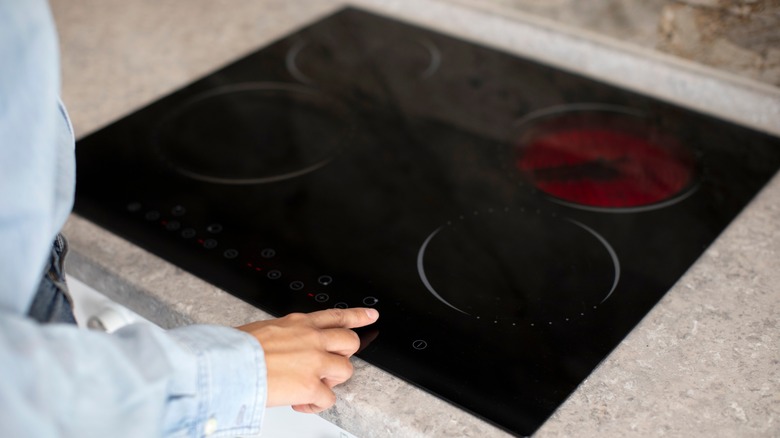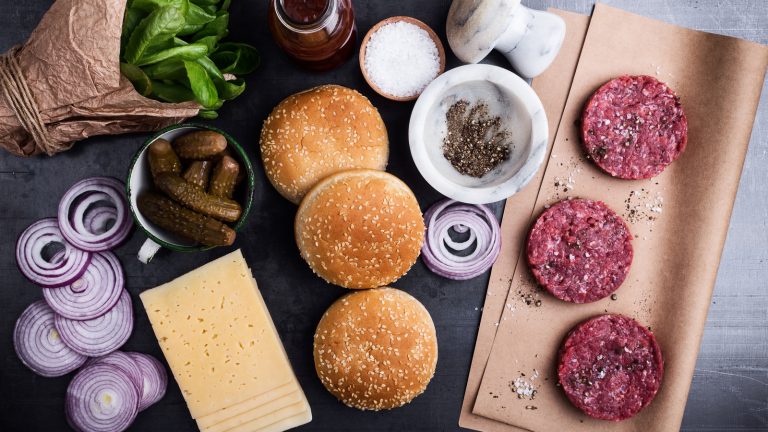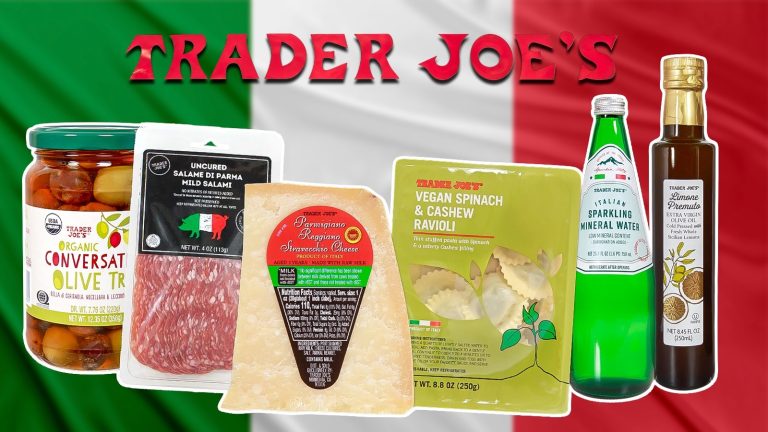It’s not uncommon for the at-home cook to be on the constant hunt for new additions to their kitchen or their next favorite appliance. While there are some vintage trends we’re hoping make a comeback, a modern hob might be the next move. For those unfamiliar with them, hobs are a great addition to any kitchen. Functionally, they’re used for cooking just like the standard stoves, except there are some very noticeable differences: Hobs won’t always come attached to additional devices such as ovens; they’re simply a cooktop. However, a great benefit to them is that they can be installed to just about any countertop, and they come in many forms.
Certainly, stoves are an essential part of any kitchen. While one could make do, things like baking might become a bit harder without one. Although the term is often used interchangeably with the top portion of the device, it’s actually meant to reference both the “stovetop,” “cooktop,” or “range,” and the attached oven as a whole. While they’re easily installed just about anywhere in the home by simply plugging them in, stoves typically need a dedicated spot in the kitchen, and they can be a bit cumbersome. In truth, that flat cooktop with the burners being referenced is called a “hob.” While they’re meant to be permanent fixtures to what they’re attached to, they can be portable. This makes them a convenient and sleek addition to any cooking area, especially when an oven isn’t necessary for one’s kitchen.
There’s a hob for everyone
One of the great things about hobs is that they come in many of the same gas, electric, and induction types that a fully-equipped stove can. However, there are some key points to remember with each of them. Compared to their traditional counterparts, hobs are much easier in terms of cleaning. Here, the electric and induction types are the easiest as they’re typically a sleek, glass-top surface that requires proper cleaning with a simple wipe down with a non-abrasive cleaner and a soft cloth or sponge. On the other hand, gas hobs may require disassembling and soaking the burner tops to loosen any residue, and periodic inspections to ensure proper function. Additionally, while induction hobs offer fast and precise heating and are more energy efficient than their siblings, they utilize electromagnetic burners that require pots and pans made from either cast iron or compatible material.
Hobs also offer many aesthetic benefits. Since hobs don’t need to be attached to an oven, hobs can be made to fit flush to any countertop in the kitchen. This also grants them some customizability as well. Some hobs offer special boosting and timing functions, as well as safety features like child locks and automatic shut-offs. Hobs can be designed as one large plate with all burners specified to the desired heat type, or opting for the stylish and versatile domino design would offer separate hob plates with differing heat types — say, gas burners on one side, and induction burners on the other.






